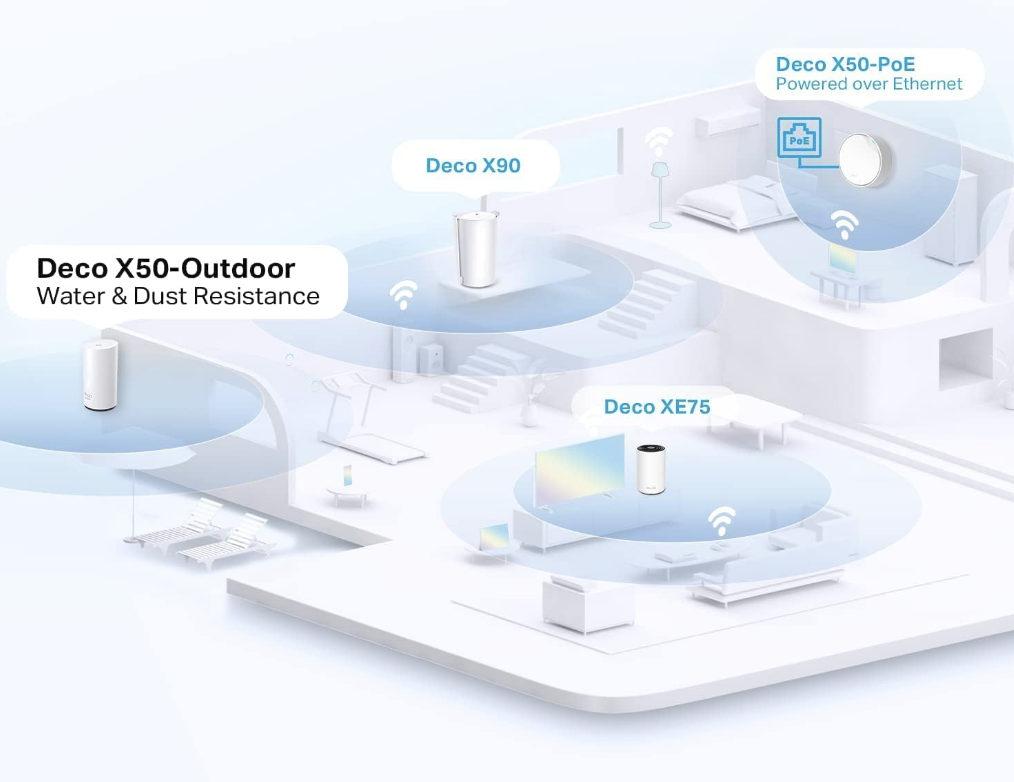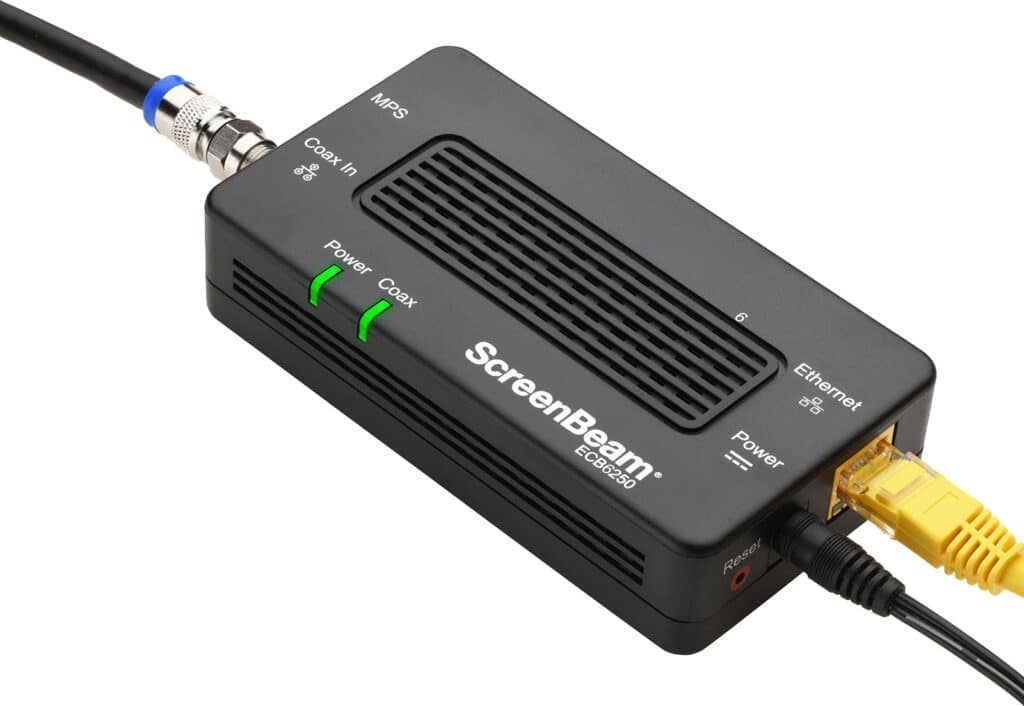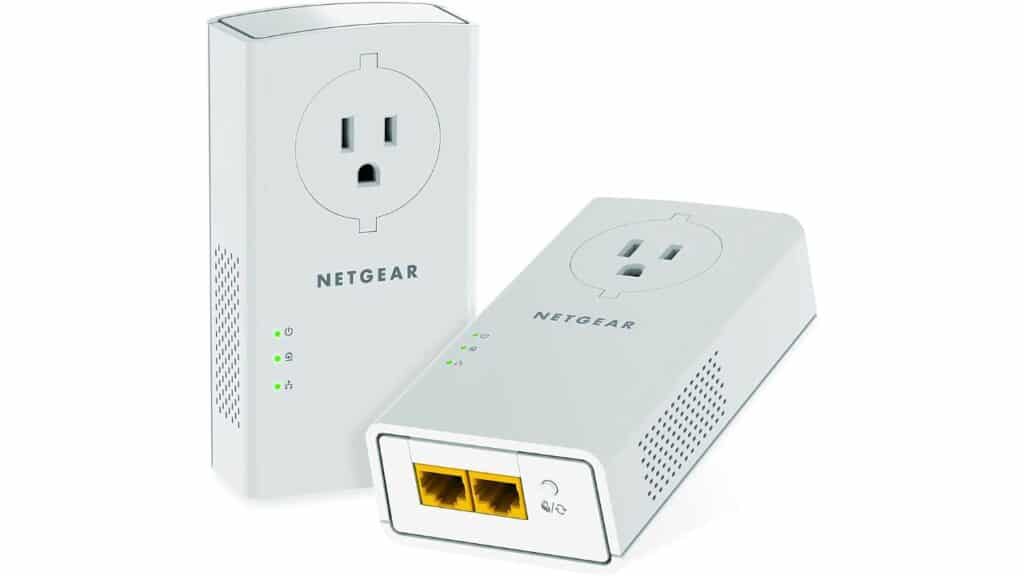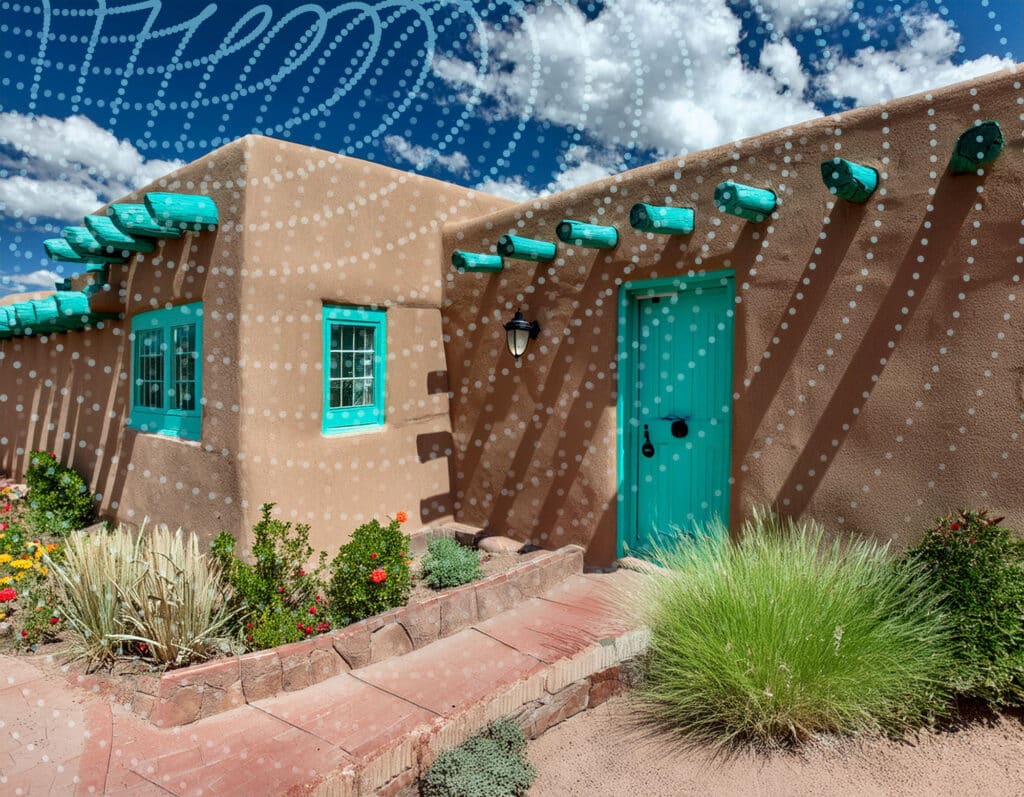In today’s digital age, a reliable internet connection is essential for both work and leisure. However, providing a strong and stable internet connection in large homes, especially those with thick plaster and adobe walls, can be a daunting challenge. These walls are notorious for causing WiFi interference, leading to dead zones and frustratingly slow connections. Fortunately, several solutions have emerged to address this issue, including mesh WiFi networking, MoCa adapters, and powerline adapters. In this article, we will explore the challenges of providing good internet connection in large homes with thick walls, and delve into the effectiveness of these solutions.
Challenges of Internet Connectivity in Homes with Plaster and Adobe Walls:
Plaster and adobe walls are common in many older homes, particularly in regions with a rich architectural heritage like Santa Fe. While these walls add character and charm to the home, they also present significant challenges when it comes to internet connectivity.
- WiFi Interference: Plaster and adobe walls can cause significant WiFi interference, resulting in signal degradation and dead zones throughout the home. The dense nature of these materials prevents WiFi signals from penetrating effectively, leading to dropped connections and slow internet speeds.
- Dead Zones: In large homes with plaster and adobe walls, dead zones are a common occurrence. These are areas where the WiFi signal is either weak or non-existent, making it impossible to connect to the internet or causing frustration due to slow speeds and constant buffering.
- Limited Coverage: Traditional WiFi routers often struggle to provide sufficient coverage in large homes with thick walls. Even with high-powered routers, the signal may not reach all areas of the home, leaving some rooms with poor connectivity.
- Interference from Other Devices: In addition to WiFi interference caused by walls, other electronic devices in the home can also contribute to signal interference. Devices such as microwaves, cordless phones, and Bluetooth speakers emit radio frequencies that can disrupt WiFi signals, further exacerbating connectivity issues.
Solutions to Improve Internet Connectivity:
Fortunately, several solutions exist to address the challenges of providing good internet connection in large homes with plaster and adobe walls. These solutions are designed to extend WiFi coverage, reduce interference, and improve signal strength throughout the home.

Mesh WiFi Networking:
Mesh WiFi networking has emerged as one of the most effective solutions for improving internet connectivity in large homes with thick walls. This technology utilizes multiple wireless access points, or nodes, placed strategically throughout the home to create a mesh network. Each node communicates with the others to provide seamless coverage and eliminate dead zones.
Advantages of Mesh WiFi Networking:
a. Extended Coverage: Mesh WiFi systems can cover large areas, including multi-story homes with thick walls, by using multiple access points to relay the signal.
b. Seamless Roaming: With mesh WiFi, devices can seamlessly roam between nodes without experiencing interruptions or dropped connections. This is particularly useful in homes with multiple floors or outdoor areas.
c. Self-Healing Network: Mesh WiFi networks are self-healing, meaning they can automatically reroute traffic to optimize performance if one node fails or experiences interference.
d. Easy Setup: Many mesh WiFi systems are designed for easy setup and configuration, making them accessible to users with limited technical knowledge.
e. Scalability: Mesh WiFi systems are scalable, allowing users to add additional nodes as needed to expand coverage or improve performance.
Disadvantages of Mesh WiFi Networking:
a. Cost: Mesh WiFi systems tend to be more expensive than traditional routers, especially high-end models with advanced features and capabilities.
b. Performance Degradation: In some cases, performance degradation may occur as the number of connected devices increases or the distance from the main node to the satellite nodes grows.
c. Potential Interference: Mesh WiFi networks can still be susceptible to interference from neighboring networks or other electronic devices, although this is less common than with traditional routers.
Overall, mesh WiFi networking offers an effective solution for improving internet connectivity in large homes with plaster and adobe walls, providing extended coverage, seamless roaming, and self-healing capabilities.

MoCa Adapters (Multimedia over Coax Alliance):
MoCa adapters utilize existing coaxial cable infrastructure to extend wired internet connectivity throughout the home. This technology is particularly useful in homes with plaster and adobe walls, where WiFi signals may struggle to penetrate.
How MoCa Adapters Work:
MoCa adapters work by converting coaxial cable connections into high-speed internet connections, allowing users to leverage the existing wiring in their home for network connectivity. One MoCa adapter is connected to the router, while additional adapters are placed in rooms where wired internet access is needed.
Advantages of MoCa Adapters:
a. Reliable Connectivity: MoCa adapters provide a reliable and stable internet connection, free from the interference and signal degradation associated with WiFi.
b. High Speeds: MoCa adapters can deliver high-speed internet connectivity, making them ideal for streaming video, online gaming, and other bandwidth-intensive activities.
c. Easy Installation: MoCa adapters are easy to install and configure, requiring minimal setup and no additional wiring.
d. Compatibility: MoCa adapters are compatible with most cable internet providers and routers, making them a versatile solution for improving internet connectivity in homes with plaster and adobe walls.
Disadvantages of MoCa Adapters:
a. Dependency on Coaxial Wiring: MoCa adapters rely on existing coaxial cable infrastructure, so homes without coaxial wiring may require additional installation work.
b. Cost: MoCa adapters can be more expensive than traditional WiFi extenders or powerline adapters, particularly for high-speed models with advanced features.
c. Limited Scalability: MoCa adapters are limited by the number of coaxial cable connections available in the home, which may restrict their scalability in larger properties.
Overall, MoCa adapters offer a reliable and high-speed solution for extending wired internet connectivity in homes with plaster and adobe walls, leveraging existing coaxial cable infrastructure for seamless network expansion.

Powerline Adapters:
Powerline adapters use existing electrical wiring to transmit internet data signals throughout the home, providing an alternative solution for improving internet connectivity in properties with thick walls.
How Powerline Adapters Work:
Powerline adapters consist of two units: one unit connects to the router via Ethernet cable, while the other unit plugs into a power outlet in the room where internet access is needed. The adapters communicate with each other through the electrical wiring, effectively extending the network connection to that location.
Advantages of Powerline Adapters:
a. Easy Installation: Powerline adapters are easy to install and require no additional wiring, making them a convenient solution for improving internet connectivity in homes with plaster and adobe walls.
b. Reliable Performance: Powerline adapters provide a stable and consistent internet connection, free from the interference and signal degradation associated with WiFi.
c. High Speeds: Powerline adapters can deliver high-speed internet connectivity, making them suitable for bandwidth-intensive activities such as streaming HD video and online gaming.
d. Scalability: Powerline adapters are scalable, allowing users to add additional units as needed to expand coverage or improve performance.
Disadvantages of Powerline Adapters:
a. Dependency on Electrical Wiring: Powerline adapters rely on the electrical wiring in the home to transmit data signals. Older or poorly maintained wiring may result in reduced performance or connectivity issues.
b. Interference: Powerline adapters can be susceptible to interference from other electronic devices plugged into the same circuit, such as appliances or power strips. This interference can affect signal quality and performance.
c. Limited Range: The effectiveness of powerline adapters may be limited by the distance between the units and the quality of the electrical wiring. In larger homes or properties with multiple circuits, additional adapters may be needed to extend coverage effectively.
d. Speed Degradation: Powerline adapters may experience speed degradation over longer distances or when transmitting data through multiple electrical circuits. This can result in slower internet speeds compared to direct Ethernet connections.
Despite these limitations, powerline adapters offer a convenient and effective solution for extending internet connectivity in homes with thick walls, leveraging existing electrical wiring for network expansion.
Providing a good internet connection in large homes with plaster and adobe walls presents unique challenges due to WiFi interference and signal attenuation. However, solutions such as mesh WiFi networking, MoCa adapters, and powerline adapters offer effective ways to overcome these challenges and improve internet connectivity throughout the home.

